Are you fascinated by religious architecture and history? Here are the must-see religious buildings in Bavaria:

Würzburg Residence
WürzburgThe Würzburg Residence is a former episcopal palace and a combination of rococo and baroque architecture. This historical building, which was built on the orders of the two prince-bishops von Schönborn, is a testament to the architectural prowess of the 18th century. The construction lasted from 1720 to 1744 and was designed by Johann Balthasar Neumann. The late baroque residence is considered one of the most important of its kind.
Marienberg Fortress
WürzburgMarienberg Fortress, the oldest structure in the city of Würzburg, Germany, stands on a hill by the Main River. This historic site was once the residence of counts before becoming the seat of prince-bishops. Its strategic location and rich history make it a fascinating destination for tourists interested in history and architecture.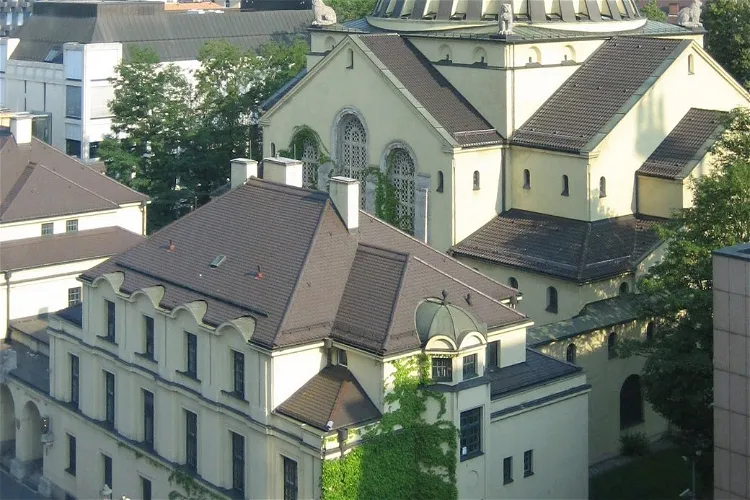
Jewish Museum Augsburg Swabia
AugsburgThe Jewish Museum Augsburg Swabia documents the culture and history of the Jews in Augsburg and Swabia from the Middle Ages to the present. The permanent exhibition, opened in November 2006, presents Jewish history as a dynamic interplay of settlement and expulsion, and of self-assertion and adaptation. It highlights the relationship between the Jewish minority and the Christian majority, emphasizing Jewish history as an integral part of the broader Augsburg and Swabian history.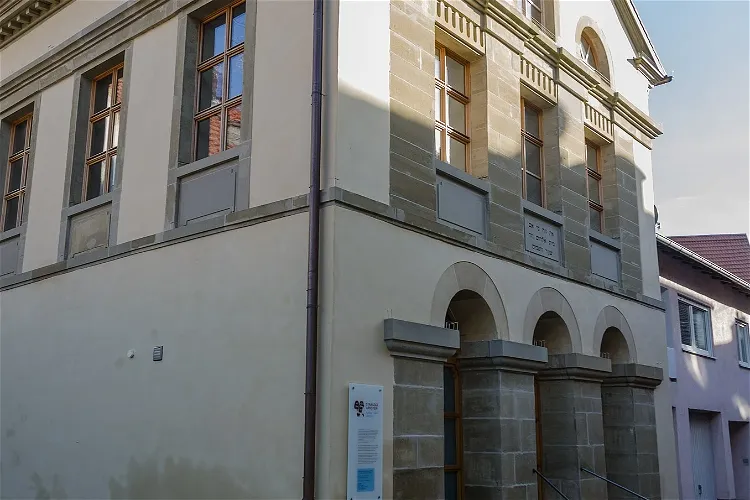
Alte Synagoge Arnstein
ArnsteinThe Alte Synagoge Arnstein, located in the Lower Franconian district of Main-Spessart in Bavaria, is a historical site that dates back to 1819. This former synagogue is a testament to the rich Jewish history of the region and offers a unique glimpse into the past.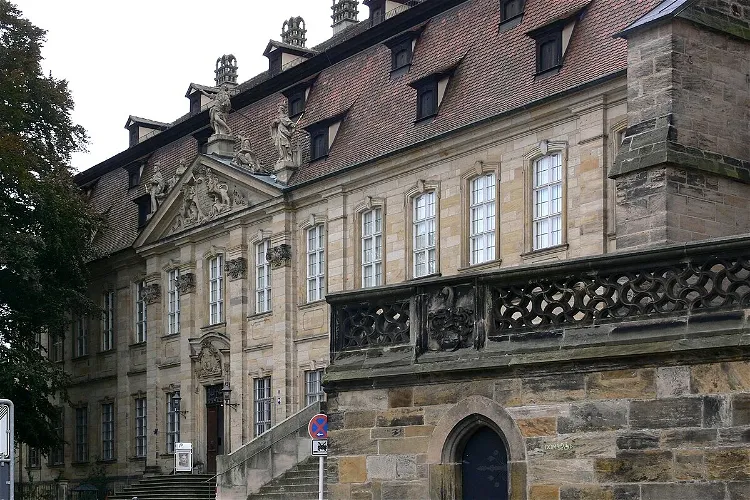
Bamberg Diocesan Museum
BambergThe Bamberg Diocesan Museum, situated in the chapter house adjacent to the cathedral, is home to a vast collection of art treasures. These treasures originate from the old cathedral treasury of Bamberg Cathedral and span the entire archdiocese. The museum offers a unique opportunity to explore the rich history and artistic heritage of the region.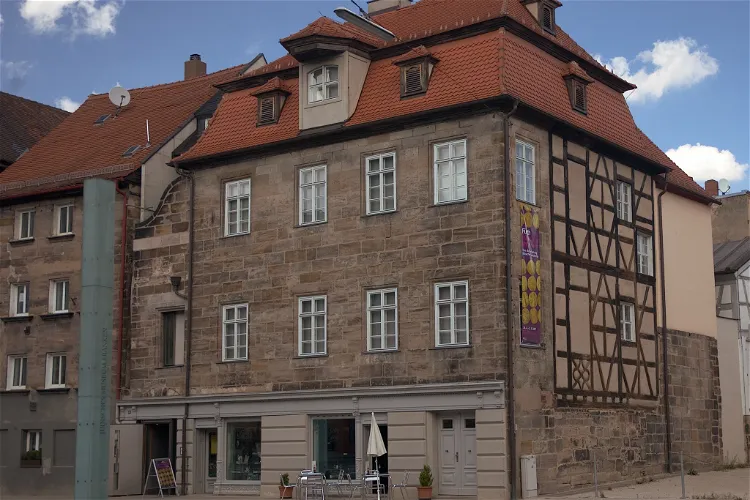
Jewish Museum of Franconia in Fuerth
FürthThe Jewish Museum of Franconia is a unique institution that spans three locations in Fürth, Schnaittach, and Schwabach. Each of these locations is a historical monument, offering visitors a chance to immerse themselves in the rich history of Jewish life in Franconia. The museum showcases the diversity of Franconian Jewish life from its beginnings to the present day.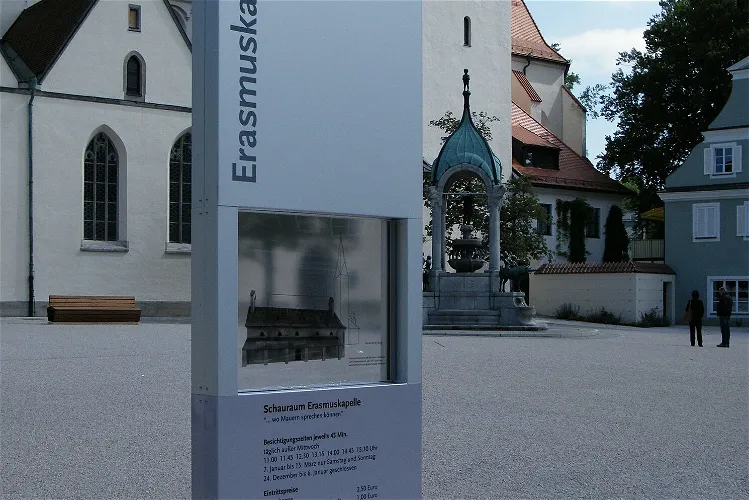
Erasmuskapelle
Kempten (Allgäu)Archaeological investigations conducted between 2003 and 2010 revealed approximately 500 burial sites of a former cemetery. The preserved parts of this archaeological monument were opened to the public in 2010, and it has since been recognized as a tourist attraction.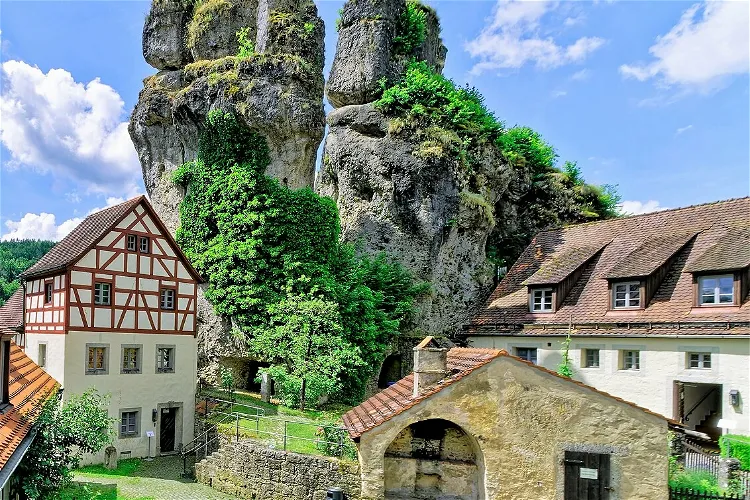
Fränkische-Schweiz-Museum
PottensteinThe Fränkische Schweiz-Museum (FSMT) in Tüchersfeld is a regional museum that offers a comprehensive overview of the Franconian Switzerland. The museum is spread over 43 rooms and covers approximately 800 m² of exhibition space. It provides a deep insight into the region's history, culture, and natural beauty.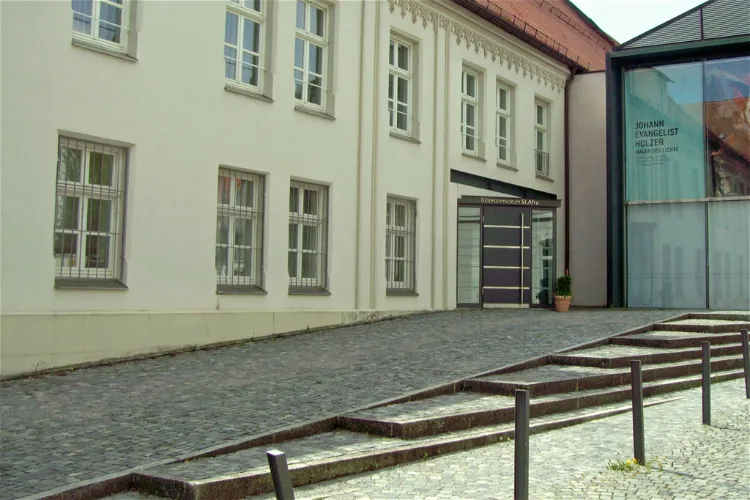
St. Afra Diocesan Museum
AugsburgThe St. Afra Diocesan Museum is the central museum of the Augsburg Diocese. It is conveniently located in the Augsburg Cathedral quarter, directly behind the cathedral. This strategic location makes it easily accessible for tourists visiting the cathedral and looking to explore the rich history and art of the diocese.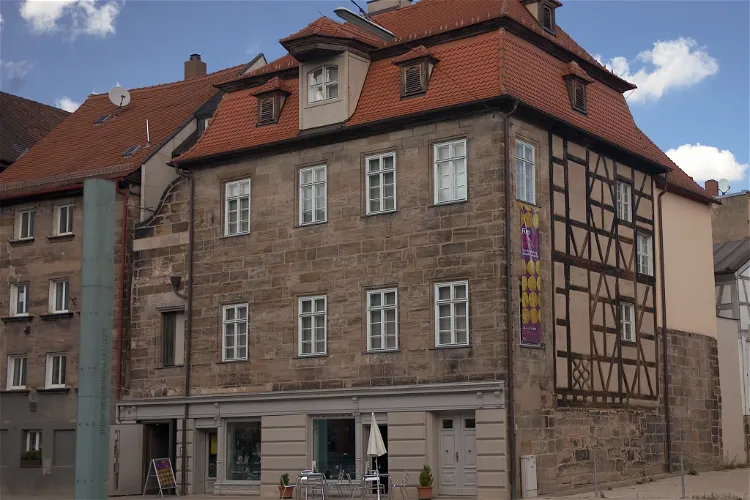
Jewish Museum Franken
SchnaittachThe Jewish Museum Franken is a unique institution that spans three locations in Fürth, Schnaittach, and Schwabach. Each of these locations is a historical monument, offering visitors a chance to explore the rich history of Jewish life in Franconia. The museum showcases the diversity of Franconian Jewish life from its beginnings to the present day.
document Neupfarrplatz
RegensburgNeupfarrplatz and the eponymous Neupfarrkirche are located in the heart of Regensburg's old town, just south of the Regensburg Cathedral. This central location makes it an easily accessible and prominent spot for tourists visiting the city. The square and the church have a rich history that dates back to the expulsion of the Jewish population in 1519, which adds a historical depth to the site.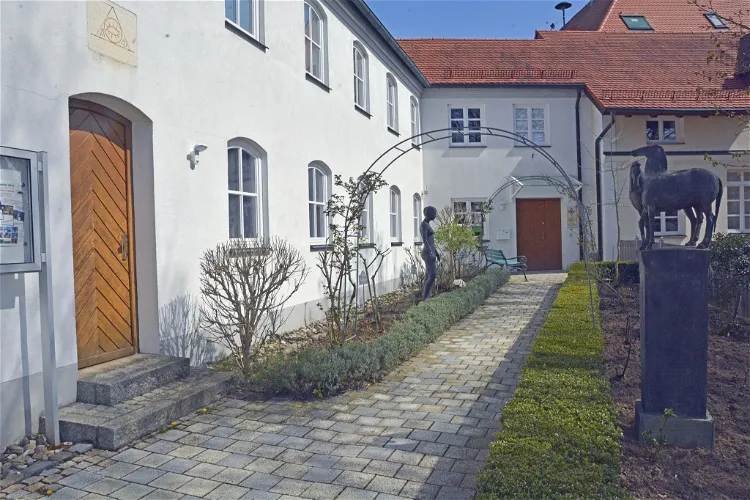
Museum Altomünster
StumpfenbachThe Museum Altomünster, located in Bavaria, is a unique museum focusing on the history of the Birgittine Order. This special church history museum was opened in 1997 and is dedicated to the last German establishment of the Birgittine Order in Altomünster.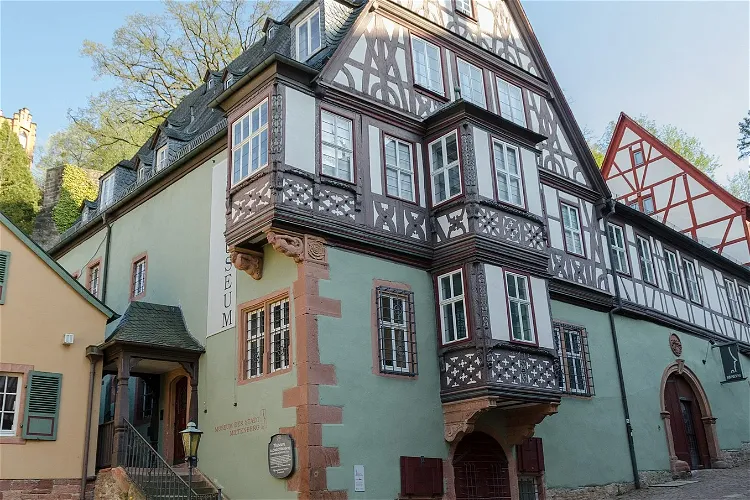
Miltenberg City Museum
MiltenbergThe Museum Stadt Miltenberg is housed in the 'Haus Miltenberg', a building characterized by its richly decorated Renaissance bay windows. This building is located at the Schnatterloch in Miltenberg, adding to the historical charm of the museum.
Tückelhausen Charterhouse
OchsenfurtTückelhausen Charterhouse, located in Ochsenfurt, Bavaria, Germany, is a former Carthusian monastery. This historical site offers a glimpse into the monastic life of the Carthusians, a religious order that has played a significant role in the region's history.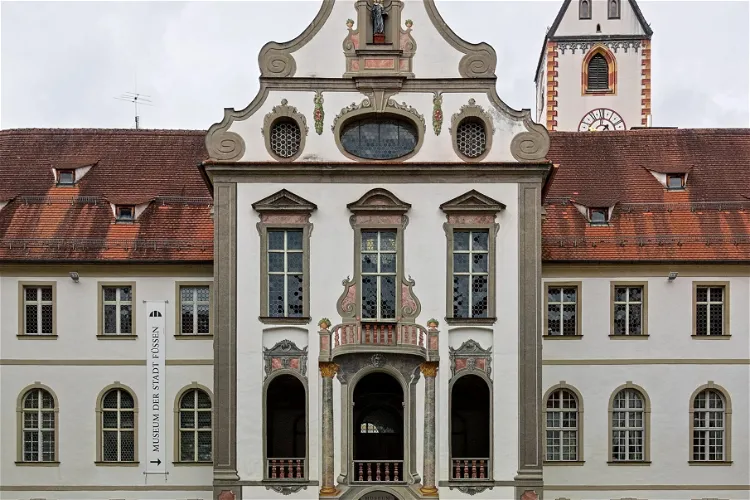
Füssen Heritage Museum
FüssenThe Füssen City Museum, located in a part of the former St. Mang Monastery, offers a rich insight into the city's history, the history of the monastery, and the tradition of lute and violin making in Füssen. Visitors can explore various exhibitions that shed light on these aspects, providing a comprehensive understanding of the city's cultural and historical background.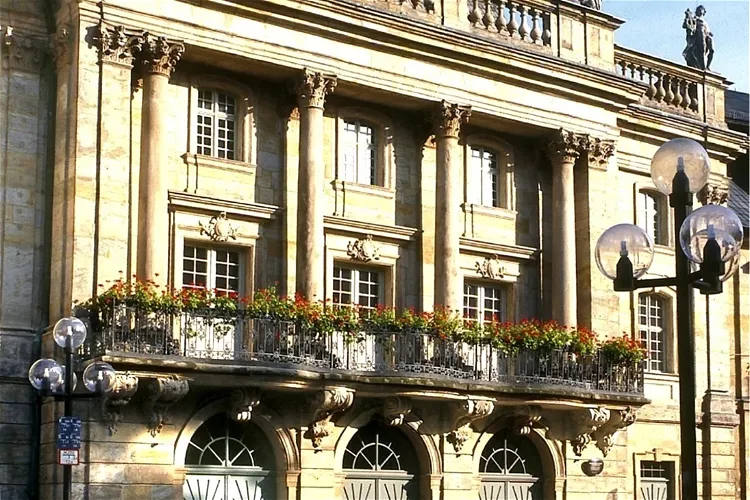
Margravial Opera House: World Heritage & Museum
BayreuthThe Margravial Opera House, located in Bayreuth, Germany, is a significant example of Baroque architecture. Constructed between 1745 and 1750, this opera house stands as a testament to the architectural prowess of the period. Its historical significance and architectural beauty make it a noteworthy site for tourists interested in history and architecture.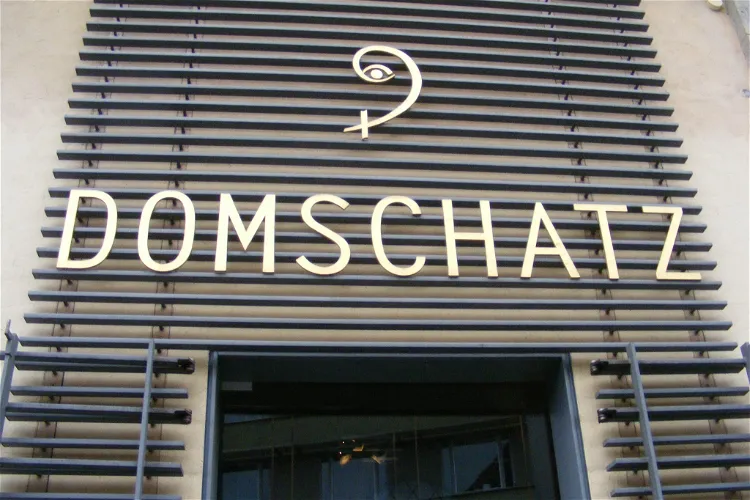
Domschatz
WürzburgThe Würzburg Cathedral Treasure is a collection of valuable and artfully crafted liturgical objects. These items were used in the Würzburg Cathedral from the 11th to the 20th century, providing a rich historical context for visitors. The collection includes a wide range of items, from bishop's insignia to embroidered textiles, showcasing the artistic and religious heritage of the cathedral.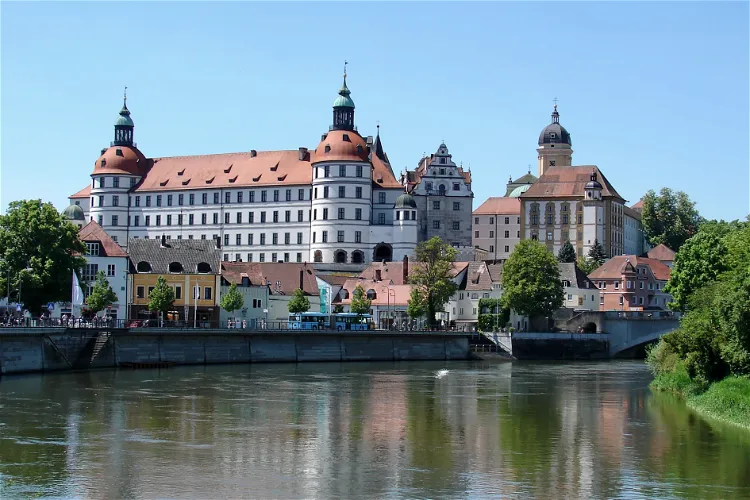
Neuburg Castle
Neuburg an der DonauIn 1527, Count Palatine Otto Henry initiated a significant transformation of the Neuburg Castle. He ordered the castle to be redesigned into a Renaissance palace, aiming to elevate its artistic quality and status. As a result, the castle became one of the most important palaces in Germany during the first half of the 16th Century.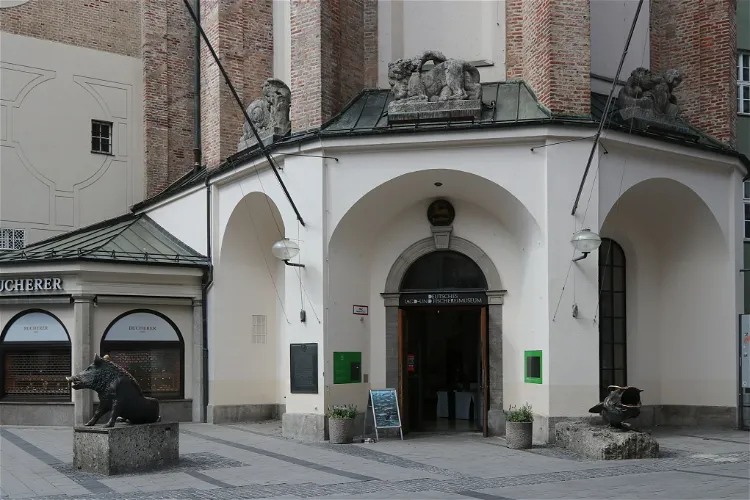
German Hunting and Fishing Museum
NeuhausThe German Hunting and Fishing Museum, located in Munich, is a significant institution dedicated to the history of hunting and fishing. It is recognized globally among hunting museums for its extensive collection and historical significance.- 20
Das Bruder Konrad Museum
AltöttingIn 1961, the monastery was renamed in honor of Saint Brother Konrad von Parzham, a significant figure in the Catholic Church. The church was redesigned accordingly by the Regensburg architect Beckers in 1956/57. This change reflects the monastery's evolving identity and its dedication to honoring significant religious figures.